A Rumali Roti Tawa is a special type of flat griddle used to make Rumali Roti, a popular Indian bread known for its thin and soft texture. The term "Rumali Roti" translates to "handkerchief bread," referring to the thin and translucent appearance of the bread, similar to a handkerchief.
Table of Contents
Key features of a Rumali Roti Tawa:
- Large Size: Rumali Roti Tawas are typically larger than regular tawas used for making other Indian flatbreads. The larger size allows for the stretching and cooking of extremely thin Rumali Rotis.
- Thin and Light Material: Rumali Roti Tawas are made from thin and light materials like aluminum or iron. This facilitates easy handling and makes it possible to stretch the dough thinly.
- Flat and Smooth Surface: The tawa has a flat and smooth cooking surface, ensuring even heat distribution for uniformly cooked Rumali Rotis.
- Stretching the Dough: Making Rumali Roti involves a unique technique of stretching the dough with bare hands to achieve the thin and translucent texture. The large size and light material of the tawa make it easier to perform this stretching process.
- Quick Cooking: Rumali Rotis cook very quickly due to their thinness, and the hot surface of the tawa facilitates rapid cooking.
- Unique Presentation: Rumali Rotis are often served folded and stacked, resembling a stack of handkerchiefs, hence the name "Rumali." The thin and delicate texture of the rotis allows them to be folded and presented in an attractive manner.
Rumali Rotis are a popular choice in Indian restaurants and are often made by skilled chefs who specialize in the art of stretching and cooking these thin breads. The Rumali Roti Tawa plays a crucial role in achieving the desired texture and appearance of the rotis.
It's important to note that while making Rumali Rotis can be challenging for beginners due to the stretching technique, with practice and the right tools like a Rumali Roti Tawa, it is possible to create these thin and delicious breads at home.
What Kind Of Tawa Is Suitable To Make Rumali Roti?
To make Rumali Roti, a tawa that is well-suited for the specific stretching and cooking technique required is ideal. Here are some features to look for in a tawa to make Rumali Roti:
- Large Size: Choose a rumali roti tawa that is large enough to accommodate the stretching and spreading of the thin dough to achieve the desired size of Rumali Roti. A larger surface area provides more room for the stretching process.
- Lightweight: Opt for a rumali roti tawa made from thin and light materials like aluminum or iron. A lightweight tawa allows for easy handling and makes it easier to stretch the dough thinly.
- Surface that is flat and smooth: Look for a tawa with a flat and smooth cooking surface. This ensures even heat distribution, which is essential for uniformly cooking the thin Rumali Roti.
- Non-Stick Surface (Optional): While not a strict requirement, a non-stick surface on the tawa can be beneficial for making Rumali Roti, as it reduces the chances of the dough sticking to the surface during the stretching process.
- Proper Size Handles: If the tawa comes with handles, make sure they are of the appropriate size and design that allows for a comfortable grip while stretching and flipping the roti.
- Durability: Choose a tawa that is durable and can withstand high heat and frequent use, as Rumali Roti is made at high temperatures and cooked quickly.
How To Make Rumali Roti On Rumali Roti Tawa?
Making Rumali Roti on a Rumali Roti Tawa requires a specific technique, especially for stretching and cooking the thin dough. Here's a step-by-step guide on how to make Rumali Roti using a Rumali Roti Tawa:
Ingredients:
- 1 cup all-purpose flour (maida)
- Water, as needed
- Salt, to taste
- Ghee or oil, for brushing (optional)
Instructions:
- Prepare the Dough:
- a. Put the all-purpose flour as well as a pinch of salt into a bowl.
- b. Gradually add water and knead the dough until it becomes smooth and pliable. The dough should be soft and slightly sticky. Cover the dough with a damp cloth and let it rest for about 15-20 minutes.
- Preheat the Rumali Roti Tawa:
- a. Warm up the Rumali Roti Tawa by placing it over a gas stove or an open flame and heating it up to a medium-high temperature. When you begin frying the rotis, make sure the tawa is nice and toasty.
- Divide the Dough:
- a. Split the dough into small balls about the size of a lemon. Smooth out each ball by rolling it between your hands.
- Roll Out the Rotis:
- a. Take one dough ball and dip it in dry flour to prevent sticking.
- b. Using a rolling pin, roll out the dough ball into a thin and large disc. The Rumali Roti should be very thin, almost translucent. Gently stretch the dough as you roll it out, rotating the disc to ensure even thickness.
- Stretch the Roti:
- a. Hold one edge of the rolled-out roti with both hands. Using a gentle pulling motion, stretch the roti to enlarge it further. The roti should be thin enough to resemble a handkerchief.
- Cook on the Tawa:
- a. Carefully lift the stretched roti and place it on the preheated Rumali Roti Tawa. The tawa's hot surface will quickly cook the roti.
- b. Allow the roti to cook for about 30 seconds to 1 minute on one side. You may notice bubbles forming on the surface.
- Flip and Cook the Other Side:
- a. Once the bottom side is cooked and slightly browned, flip the roti using tongs or your hands (be careful not to burn yourself). The roti should be cooked but still soft and pliable.
- Fold and Serve:
- a. Remove the cooked Rumali Roti from the tawa and place it on a plate.
- b.Fold the roti into a square or triangle shape, resembling a handkerchief, and lightly brush it with ghee or oil if desired.
- c. Rumali Roti is best served hot with a curry or other savoury food.
Conclusion:
When making Rumali Roti, the technique of stretching and spreading the dough is crucial. It is recommended to practice with the tawa of your choice to get a feel for the process and to achieve the desired thinness and translucency of the roti.
Overall, an ideal tawa for making Rumali Roti is one that provides the necessary space, lightness, and smoothness to perform the stretching technique effectively and allows for quick and even cooking of the thin bread. With the right tawa and practice, you can enjoy delicious and authentic Rumali Roti at home.

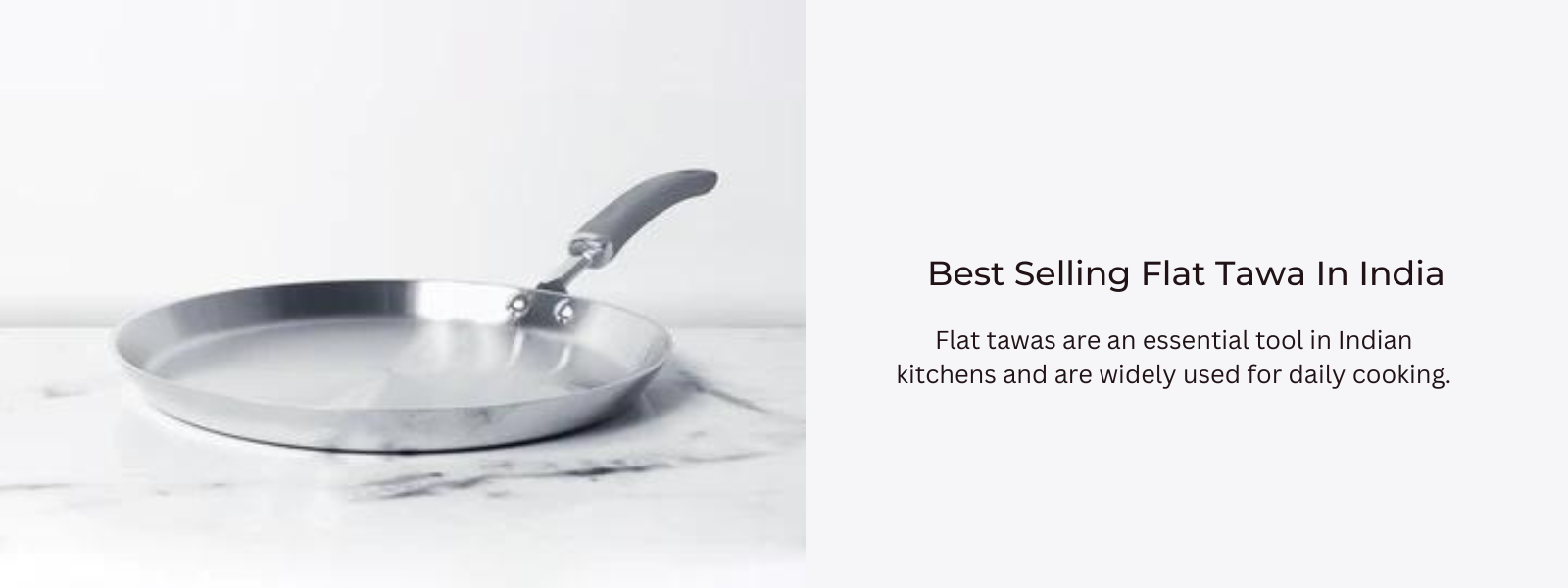
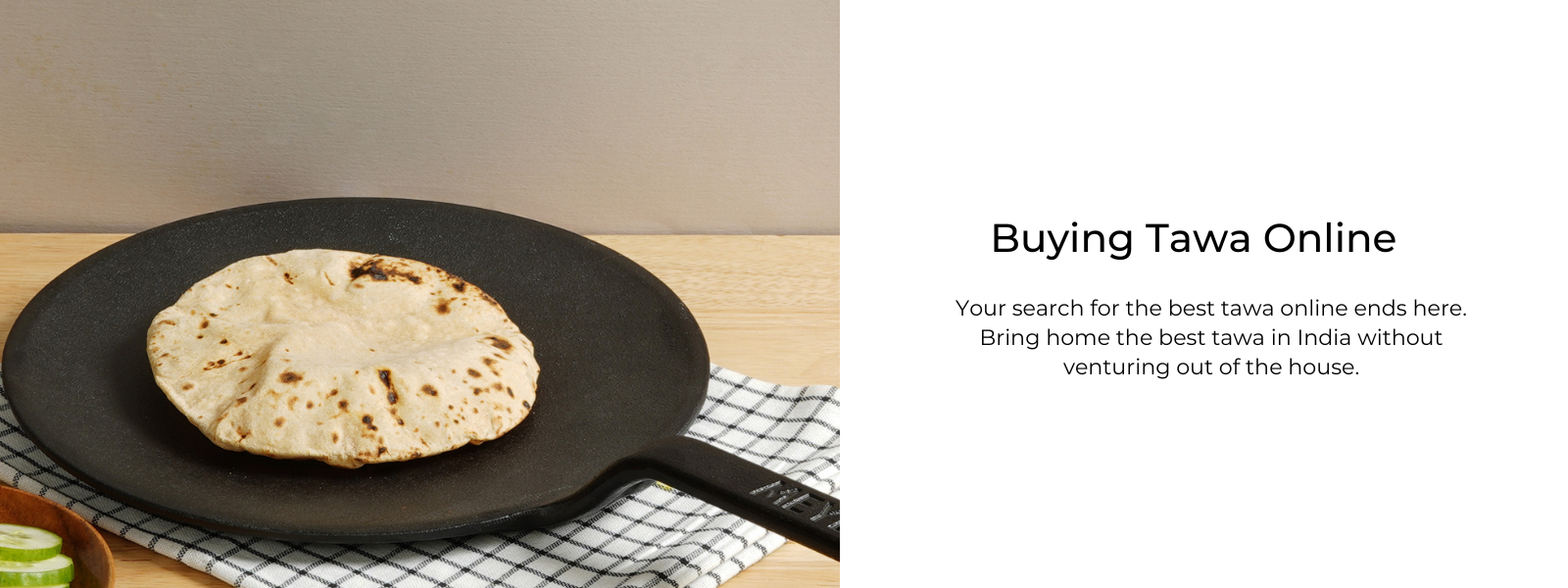
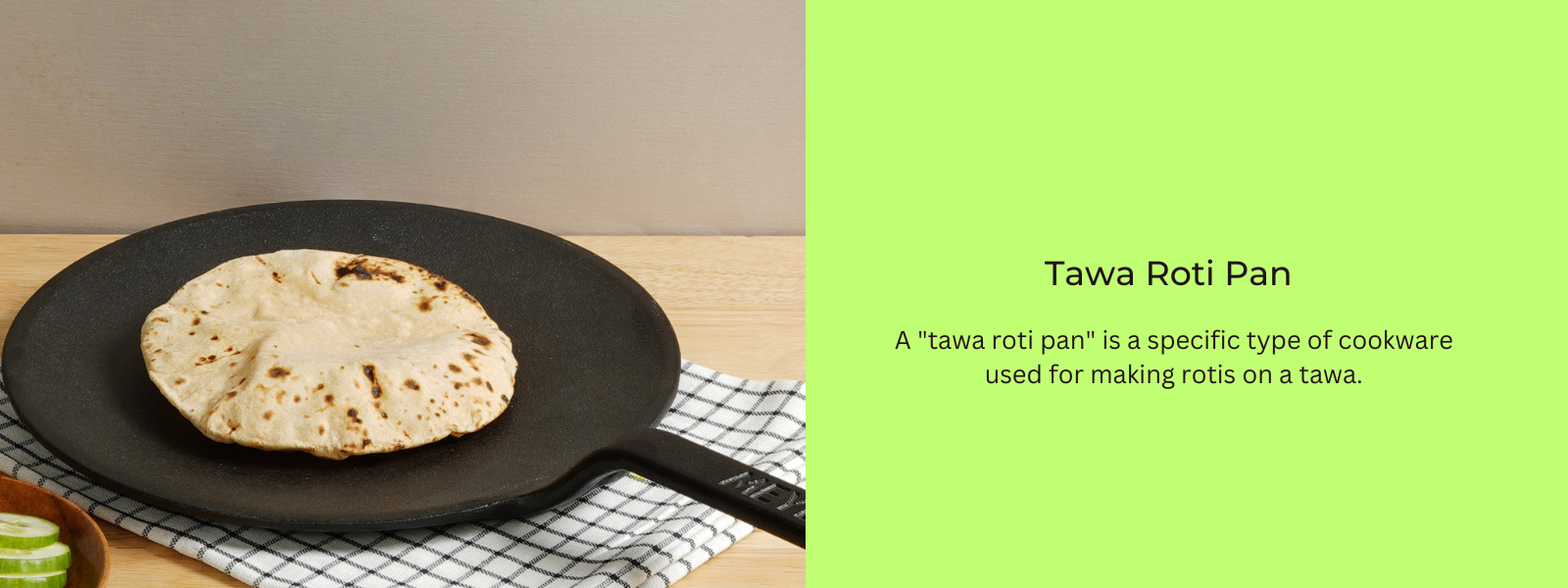
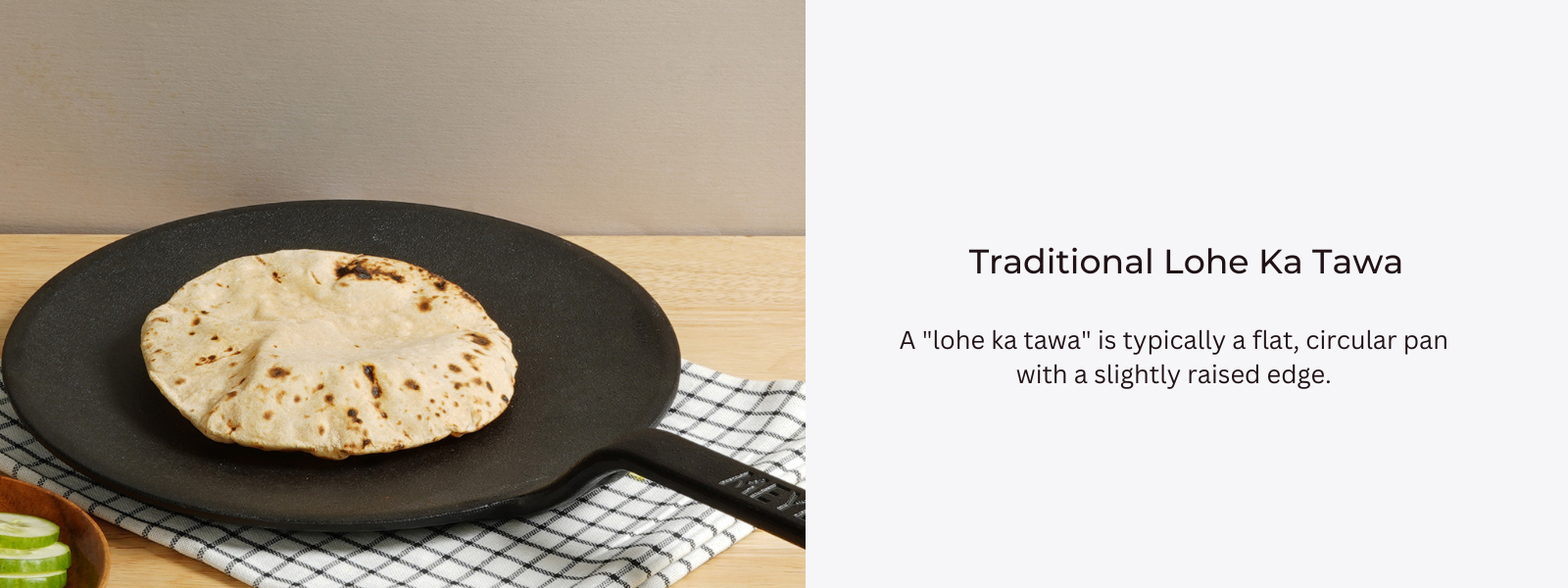

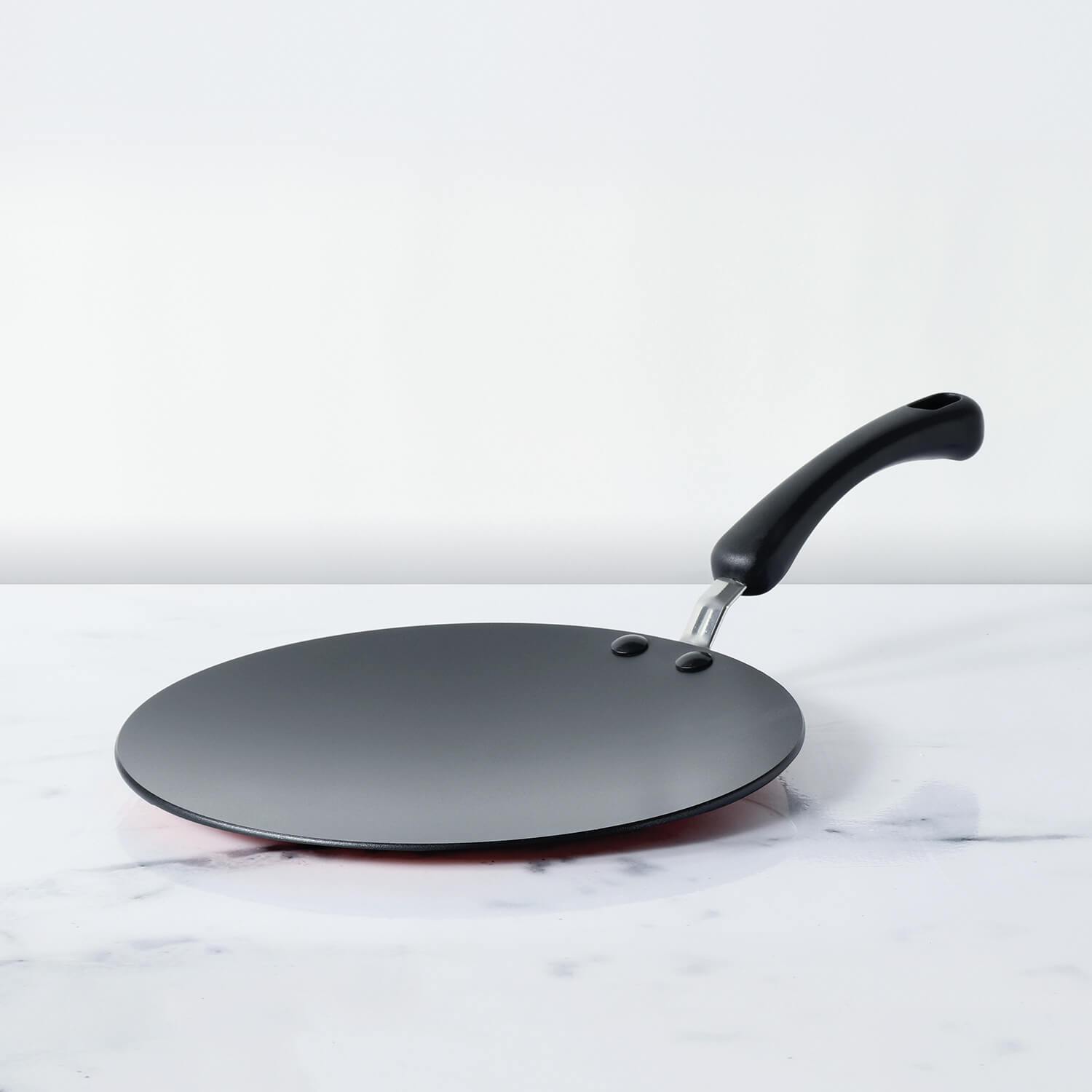




Leave a comment